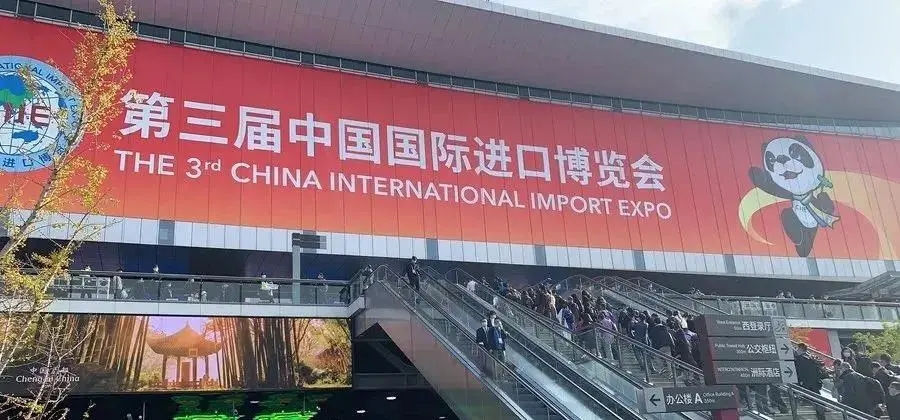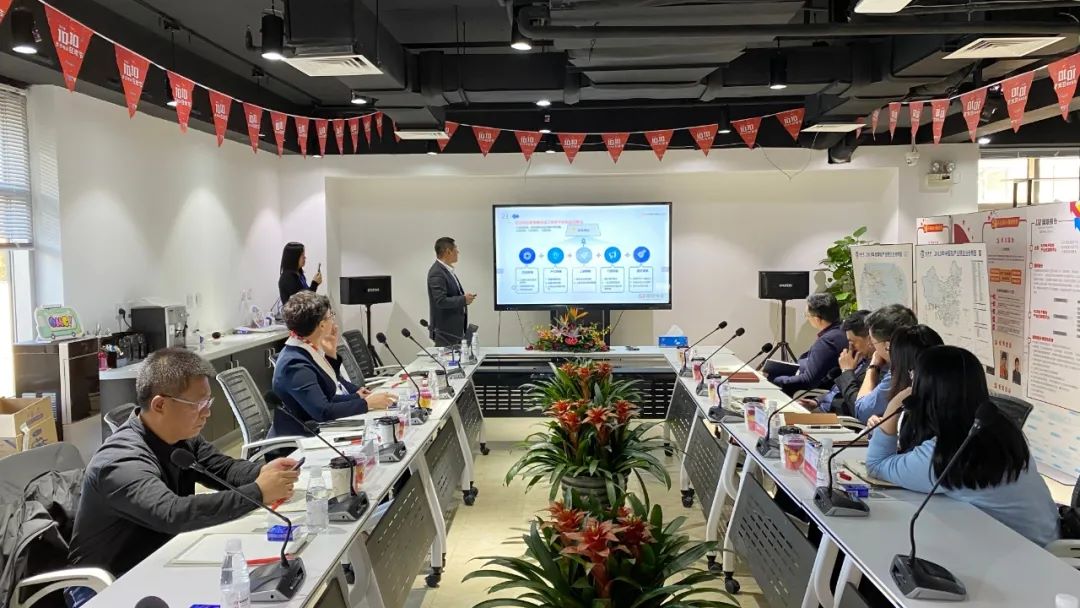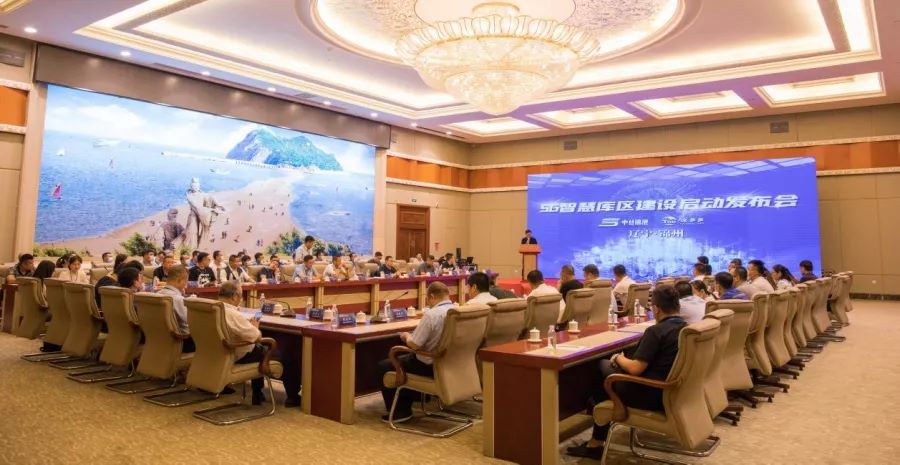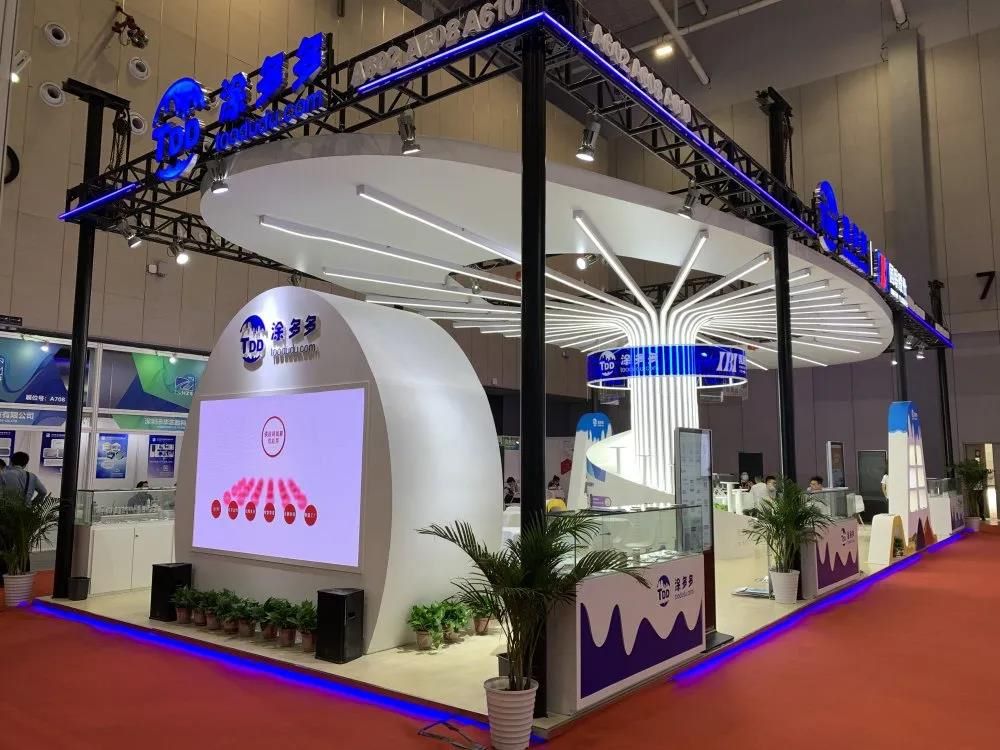Salary cuts, production cuts, layoffs, Chinese tires hold up!
The global economic situation is complex and changeable, and the tire industry is undergoing profound changes and adjustments. International tire giants Continental, Bridgestone and Goodyear have taken action to meet market challenges, while the Chinese tire market has shown unique resilience and development potential.

Continental Ecuador factory operation adjustment
Continental Tire Andina SA recently announced operational adjustments to its tire manufacturing plant in Cuenca, Ecuador. According to a statement released by Continental on January 7, from January 2025, the work schedule of the Cuenca plant will be greatly reduced, from the original seven-day high-intensity production mode to a five-day work week, and weekend production activities will be completely stopped.
This adjustment is not a unilateral decision of Continental, but is based on a collective agreement reached with the union. The deep-seated reason behind it is that the factory has encountered many severe challenges in its operation.
In recent years, market demand has shown a clear downward trend, which has directly led to a sharp decline in the capacity utilization rate of the Cuenca plant, which has only remained at a low level of 55%. In this situation, in order to quickly adapt to market changes, Continental has to take decisive measures to reduce operating costs and maintain the survival and development of the company.
Since 2024, the continued sluggish market demand has significantly reduced the output of the Cuenca plant. This decline in output not only affects the economic benefits of the factory, but also has a chain reaction on local employment and economic development.
According to the Continental Union (ERCO), after the implementation of the new work schedule, the income of 750 employees in the Cuenca plant will be reduced by 30%. This sharp drop in income has a direct impact on the lives of employees and has also brought considerable pressure to the local economy.
Bridgestone's US factory layoffs
At the same time, the Bridgestone tire plant in Des Moines, USA, also initiated layoffs due to market pressure. On January 6, the plant issued resignation notices to 130 employees and offered voluntary resignation options, while promising to give $35,000 (about RMB 256,700) in severance pay. This move deeply reflects the severe challenges facing the current agricultural tire market.
The Bridgestone Des Moines tire plant has an important position in the industry, focusing on the production of agricultural tires. However, due to the continued downturn in the local agricultural market, the operation of the plant has been severely impacted.
Faced with the market's cold winter, the plant management asked employees to decide whether to accept the voluntary resignation plan before January 31. The layoffs involve a wide range of employees, and all employees except those in the maintenance and power generation departments are eligible to choose.
At present, more than 112 employees have expressed their willingness to accept the voluntary resignation plan. The union predicts that this number will continue to grow over time. After weighing the pros and cons, many employees tend to choose cash compensation as a start-up capital for seeking new employment opportunities.
This layoff is not accidental, but another latest move by the Des Moines tire plant since it announced a layoff plan in June 2024. Looking back from 2021 to 2024, the plant recruited about 900 new employees in order to expand its production scale.
However, the changing market has caused the factory's operating conditions to take a sharp turn for the worse. Now only 200 employees can continue to stay, and most new employees are at risk of being laid off in this layoff storm because they have less than two years of service.
Goodyear's global structural adjustment measures
Goodyear is also actively promoting the adjustment of its internal personnel organizational structure. As an important part of Goodyear's forward transformation plan, the company expects to save $100 million in expenses by cutting about 1,200 jobs in 2025. The implementation of this plan aims to optimize the company's personnel structure and improve operational efficiency to adapt to market changes and competition needs.
In addition, as early as the first half of 2024, Goodyear announced that it would stop operating its Malaysian factory. Behind this decision is the bleak operating conditions of the factory, which has been losing money for six consecutive years since 2017.
The action to close the factory began to be gradually promoted on June 30, and it is expected to completely stop operations by December 31. The closure will directly affect 550 positions. These measures of Goodyear show its major adjustments in its global market layout, and are also a helpless move to get rid of business difficulties and seek new development paths.
Different scenery of China's tire market
In sharp contrast to the obvious shrinkage of overseas tire markets, China's tire market has shown strong resilience. In China, although the tire industry faces certain pressures in the short term, the overall market demand has not shown obvious signs of decline. Tire workers can still get relatively considerable salaries and do hard but relatively stable work.
Not only that, with the development of the industry, the expansion of new projects is constantly creating new employment opportunities and injecting vitality into the labor market.
In the tire circulation market, although most practitioners are facing difficulties such as business transformation and profit compression, they have not yet reached the brink of life and death, and everyone's rice bowl is basically guaranteed. Whether in terms of exports or domestic sales, most companies in the Chinese tire market are still in a period of rising performance.
Especially in the wave of electrification transformation of the automotive industry, China's tire industry, as a beneficiary, has occupied an increasingly important position in the global market with its continuously improved technology research and development capabilities and product quality. In the future, China's tire industry is expected to usher in a broader development prospect in the continuous innovation and development.
The global tire industry is in a critical period of transformation. The adjustments of international tire giants reflect the difficulties faced by the traditional market, while the resilient development of the Chinese tire market has brought new hope and direction to the industry. In the future development, all companies need to constantly adapt to market changes, strengthen technological innovation and market expansion, so as to remain invincible in the fierce global competition.









